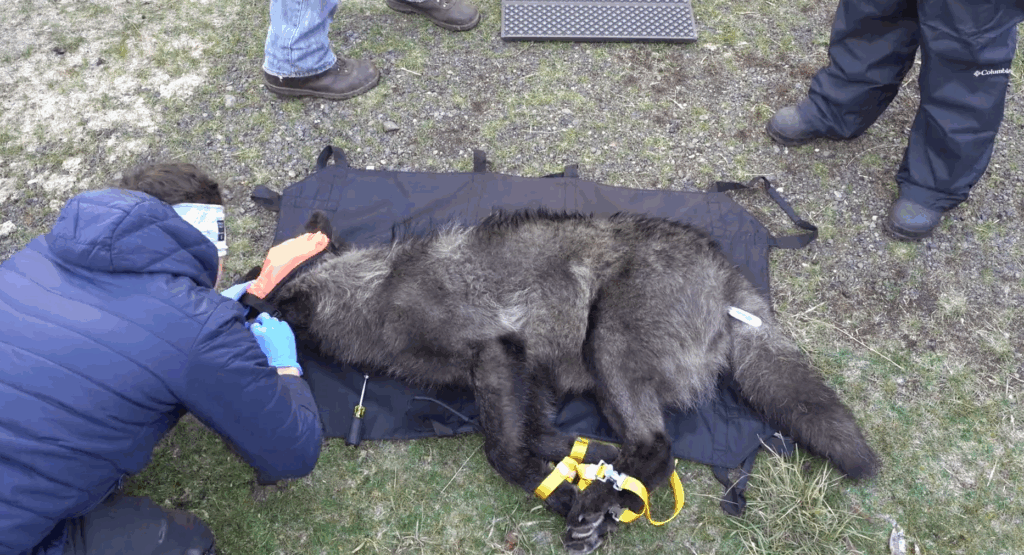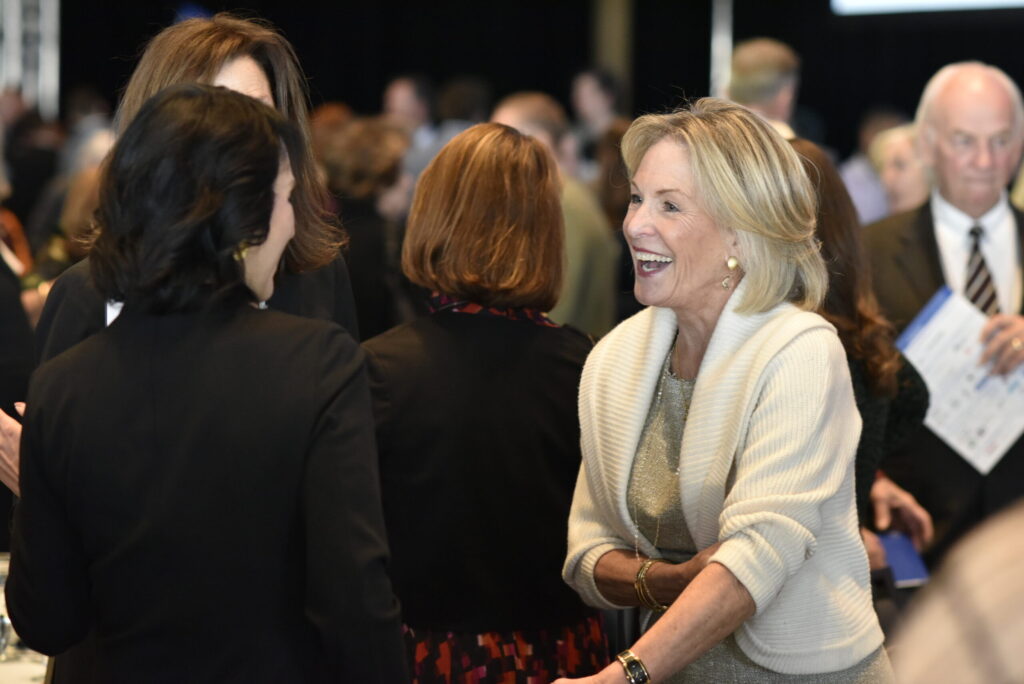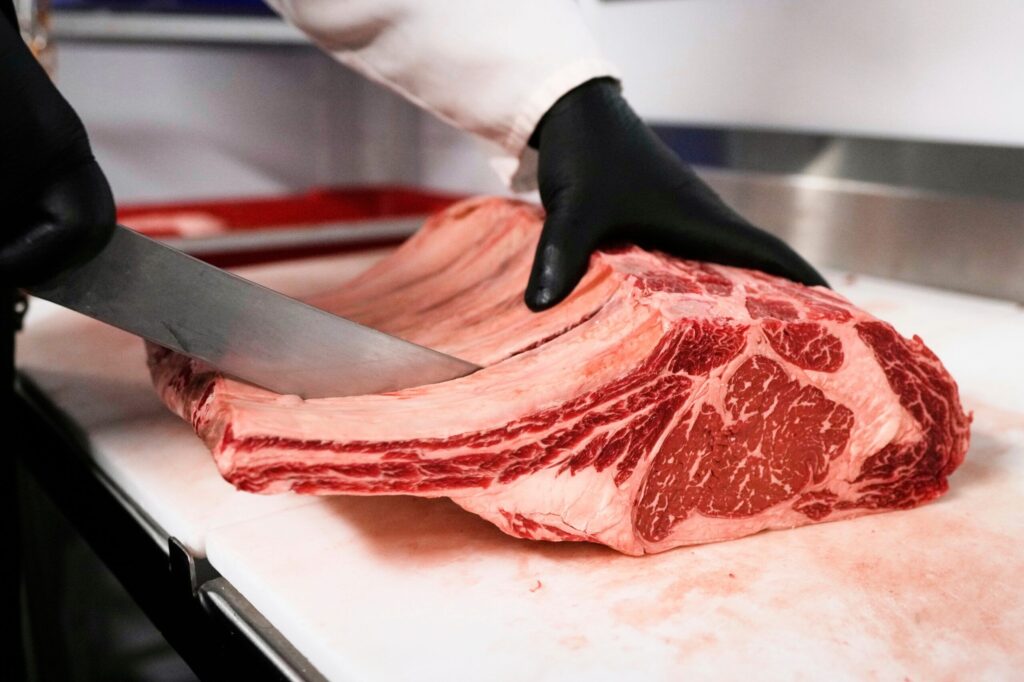Hickenlooper forms task force on Native American mascots
There will be no debate at the Capitol next year over the use of American Indian mascots at public schools.
Instead, a diverse commission intends to start a statewide dialogue on the contentious issue, which led to lengthy and often emotional legislative hearings earlier this year.
Gov. John Hickenlooper issued an executive order Tuesday that creates a commission to study the use of Indian-themed mascots and other tribal imagery at K-12 schools. The 15-member task force is supposed to encourage discussions across the state and come up with a list of recommendations for possible legislative action.
Hickenlooper said recent collaborative efforts taken by some school districts helped inspire his executive order. Some districts have worked with tribes on mascot issues and have come up with solutions to maintain school tradition while respecting American Indian culture by doing away with derogatory ethnic caricatures.
“In some cases, these districts have even found ways to use the debate over offensive mascots as an opportunity to educate students about our common history and bring diverse communities together,” Hickenlooper’s order reads.
“It is in that spirit, we believe a more open and ongoing discussion and study is needed to identify how affected communities can respect the culture of American Indians while maintaining community traditions.”
The commission will be made of up tribal representatives, members of the public and a representative from the state Department of Education.
Thirty-eight schools in Colorado have Indian mascots. Some are considered more offensive than others, such as the Lamar High School Savages. The national debate over Indian mascots has been centered around the NFL’s Washington Redskins.
The governor’s move is an effort to bring harmony to an issue that led to discord at the Legislature last spring. Testimony was heard on a bill that would have created an approval committee made up of representatives from American Indian tribes for schools seeking to use Indian-themed mascots.
Bill supporters testified that American Indian students are sometimes bullied because of their ethnic identity and that the use of a derogatory mascot makes matters worse. The bill would have imposed fines on schools that failed to abide by the committee’s decisions on mascot names.
Some school districts opposed the legislation, arguing that they honor Indian culture through their mascots and that name changes would result in unnecessary costs to budget-strapped districts.
The bill passed the Democratic-majority House, but died along party lines in a Republican-controlled Senate committee.
State Rep. Joe Salazar, D-Thornton, who sponsored the legislation, said he is “thrilled to death” about Hickenlooper’s executive order.
“The whole purpose behind the executive order is to … build upon the community relationships, help educate one another about American Indians and have American Indians in the community itself say, ‘Hey look, this is how we perceive what mascots are all about.'”
Salazar said he has no plans to bring another mascot bill next year, in light of the governor’s move.
“I want to kind of hold off on thinking about potential legislation,” he said. “And I want to ride the positive wave of what the governor is doing with this committee and then see what happens in the future.”
Salazar said he does plan to revive legislation that would allow out-of-state students with tribal connections to Colorado to pay in-state tuition rates.
Ernest House Jr., a member of the Mountain Ute tribe and executive director of the Colorado Commission on Indian Affairs, said he hopes the new commission will help educate the public on the rich history of American Indians in Colorado.
“I think that’s something that’s not very widely known, the history of the Utes in the eastern plains or the history of the Cheyenne, Arapaho, Kiowa, Comanche,” he said. “Colorado used to be home to over 50 different tribes. And they roamed these areas.”
“And if we can be a conduit, if we can help make that connection, that partnership, that collaboration between these school districts and those tribal nations,” he added, “that’s a win-win situation.”
House said some school districts have had successful relationships with tribes over the use of Indian-themed mascots. For example, Centennial’s Arapahoe High School, nicknamed the Warriors, has partnered with the northern Arapaho tribe to design a logo. Tribe members have come to the school to perform powwows and to “talk to students about what it means to them about being a warrior.”
“What I would like to see, what the commission hopefully would like to see, is that collaboration with the tribe so that the community can actually understand and get to develop a partnership and collaboration with the tribal nations that once called that area home,” House said.
“But also, you teach that next generation about what that tribal history was in that area, and you teach it from a tribal perspective.”
– Twitter: @VicVela1













